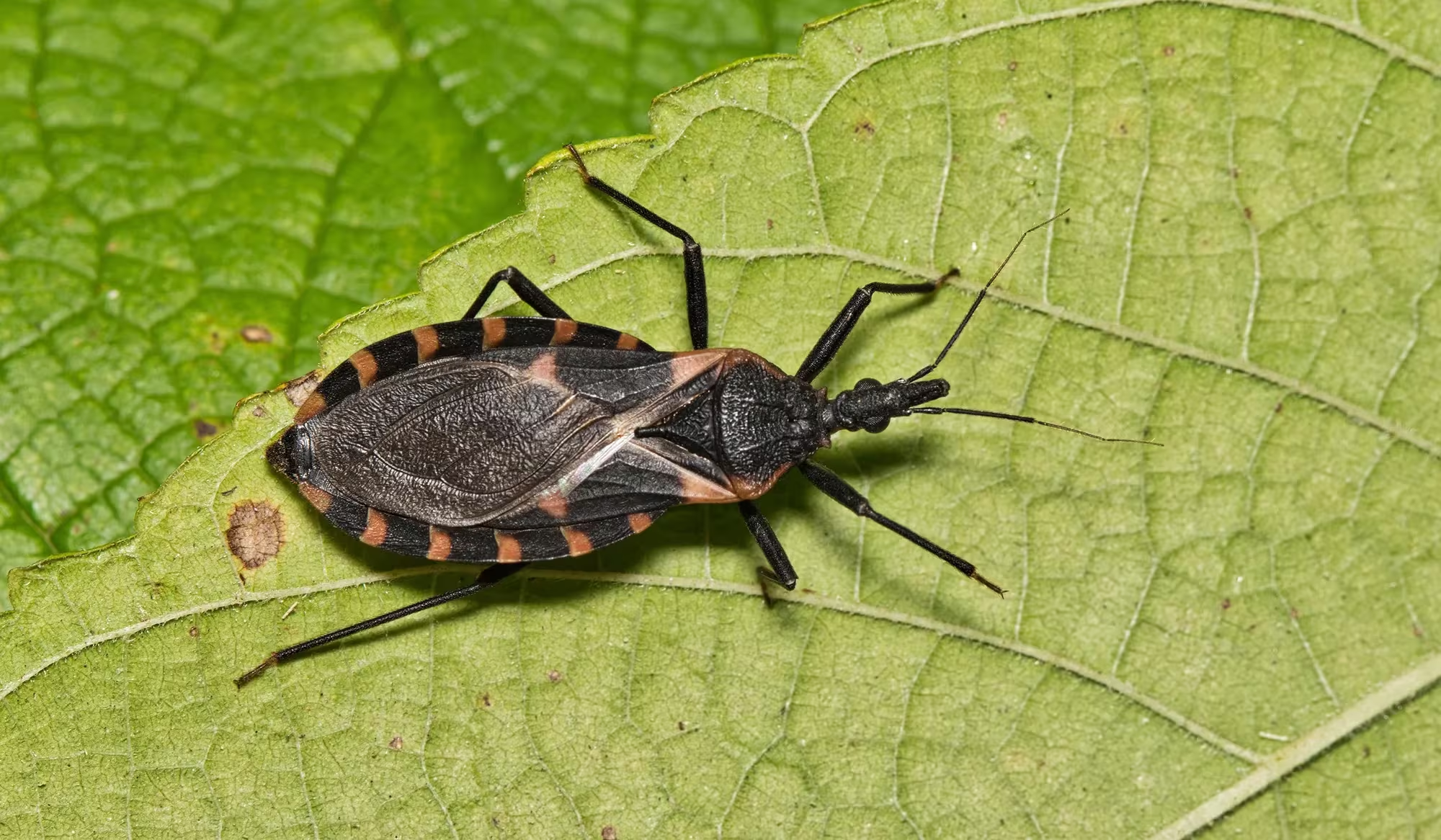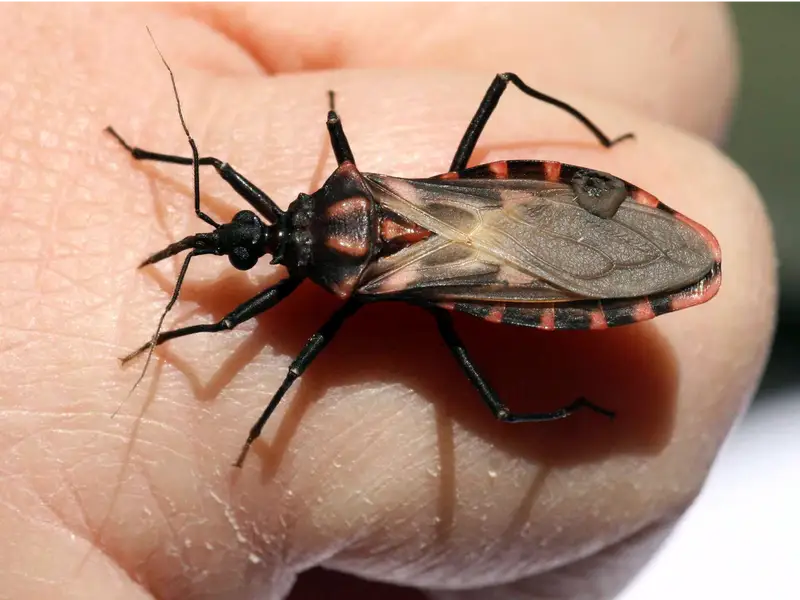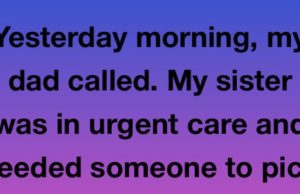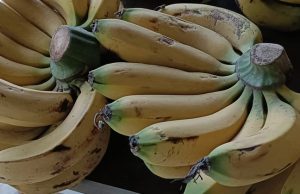
Most of us feel uneasy at the sight of bugs, but there’s one particular insect that deserves serious concern — the kissing bug. It may look like just another large insect, but don’t be fooled. These bugs can pose a real threat to your health, especially if you live in areas where they are becoming more common.
The kissing bug, scientifically known as Triatoma, is a type of blood-sucking insect that feeds on humans and animals. What makes it especially dangerous is not just the bite — but what it can leave behind.
Why is it called a “kissing bug”?

The name “kissing bug” comes from its habit of biting people near the lips, eyes, or face while they sleep. It is nocturnal, meaning it comes out at night, and is attracted to warmth and carbon dioxide — which humans naturally produce as they sleep.
These bugs hide in cracks in walls, under mattresses, behind furniture, or near pet bedding. Once you’re asleep, they crawl out and feed on your blood.
What happens if you get bitten?
For some people, a kissing bug bite may just look like a swollen, red bump, often near the eye or lip. But for others, the reaction can be much more severe — leading to serious swelling, allergic reactions, or even infection.
What’s more worrying is that some kissing bugs carry a parasite called Trypanosoma cruzi. This parasite causes Chagas disease, a potentially deadly illness that affects the heart, digestive system, and nervous system over time. In some cases, people don’t even know they’ve been infected until years later — when symptoms suddenly appear.
Early symptoms of Chagas disease may include:
- Swollen eyelids (often called “Romaña’s sign”)
- Fever
- Fatigue
- Body aches
- Nausea or vomiting
- If untreated, Chagas disease can become chronic, and may lead to:
- Heart failure
- Irregular heartbeat
- Difficulty swallowing or digesting food
- Sudden cardiac death
Who is at risk?

Kissing bugs are commonly found in parts of the southern United States, Central and South America. They are more likely to live in rural areas or older homes where gaps and cracks provide hiding places. However, due to climate change and increased travel, reports of kissing bugs are spreading to new regions.
How to protect your family:
🛡️ Seal Entry Points: Use caulk to seal gaps around windows, doors, and baseboards.
🛡️ Use Screens and Nets: Make sure windows and doors have intact screens. Use bed nets if needed, especially in rural areas.
🛡️ Keep It Clean: Clear out piles of wood, brush, or trash near your home. These attract insects and provide shelter.
🛡️ Inspect Pets and Bedding: Keep pet bedding clean and watch for signs of bugs.
🛡️ Don’t Touch: If you see a kissing bug, do not crush it with bare hands. Use gloves or a plastic bag to collect it and contact local health authorities.
Final Thoughts
While not every kissing bug carries the Chagas parasite, the risk is real — especially for children, the elderly, or people with weakened immune systems. If someone in your home wakes up with a swollen eye and you suspect a bug bite, don’t ignore it. See a doctor and mention the possibility of a kissing bug encounter.















